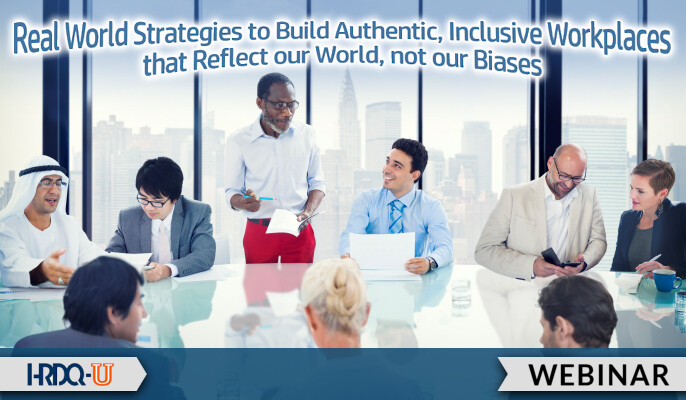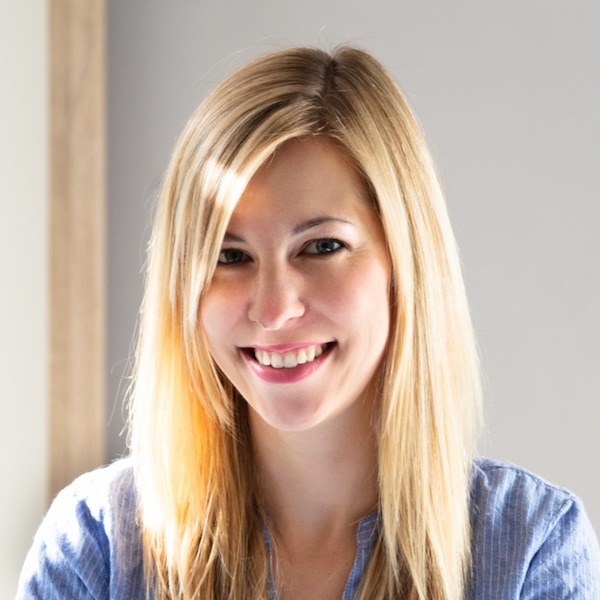
While basic research has shown that diverse and inclusive teams are better at problem-solving and fostering a global outlook, professionals at all levels still struggle with building strategies for the modern workplace that maximize diversity at all levels. When advanced from a human and humane perspective, diversity challenges can become valuable opportunities for workplace inclusion, increased productivity, stronger team collaboration, and competitiveness amongst your market peers. This webinar will help professionals understand the varying levels of inclusion, understand D&I concepts and terms, brainstorm how changes in meeting and on-boarding processes can leverage diversity, and demonstrate how strategic D&I learning can build truly inclusive workplaces.
Devin C. Hughes is an author, speaker, consultant, executive coach, and an internationally recognized expert in the science of happiness, organizational/culture change and leadership development. He has lectured and worked with a variety of Fortune 100 companies, as well as the Secret Service, the IRS, and an assortment of profit and nonprofit organizations. Devin is the author of 20 books and has lectured in more than 15 countries. He lives in San Diego, California, with his wife, four daughters, and two rescue dogs.
Connect with Devin on Twitter, and at www.devinchughes.com.
Training Tools for Developing Great People Skills
This event is sponsored by HRDQ. For 45 years HRDQ has provided research-based, off-the-shelf soft-skills training resources for classroom, virtual, and online training. From assessments and workshops to experiential hands-on games, HRDQ helps organizations improve performance, increase job satisfaction, and more.
Learn more at HRDQstore.com

“These webinars offered by HRDQ have really helped me in my professional development. Was blessed to come across their website.”
Margo Y.
Consultant

“This webinar was helpful for me in a few areas of my life. Not just the workplace but in my leadership skills as president of the church council and as a stepmom of 3 who is always working on teaching my adult children how to have better relationships.”
Nancy P.
Research Coordinator
Primary Care Research South

“I thoroughly enjoyed this training, and with COVID, I think it is a great topic to rebuild our interactions and teaming!”
Jessica L.
Manager

Sign up for more as a member of HRDQ-U
HRDQ-U offers much of its learning content free to visitors, including live and select webinars, blog posts, and more, with new events and posts shared every week. However, there is much more learning available. You can access our complete library of on-demand webinars and other training events and content by simply signing up.